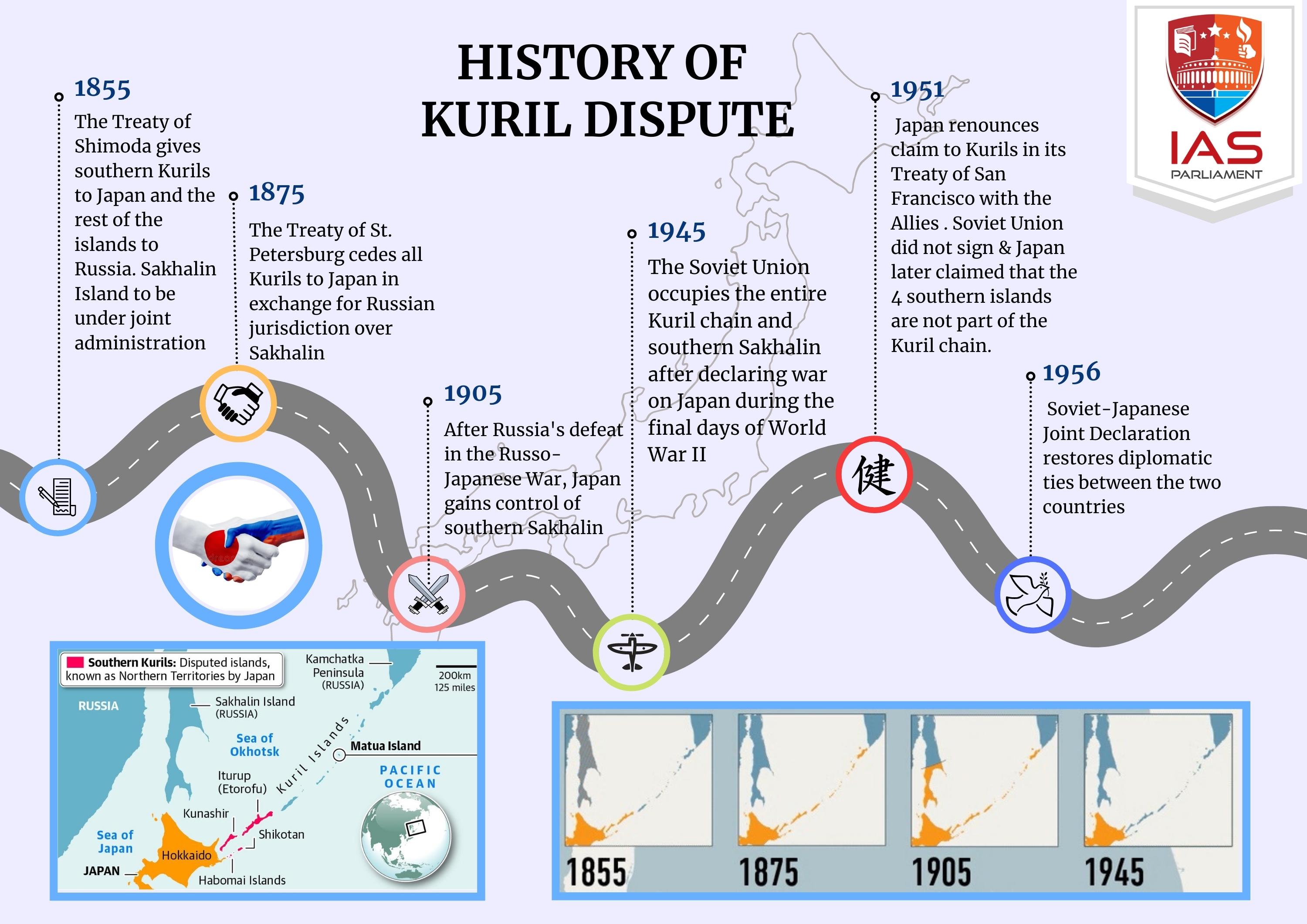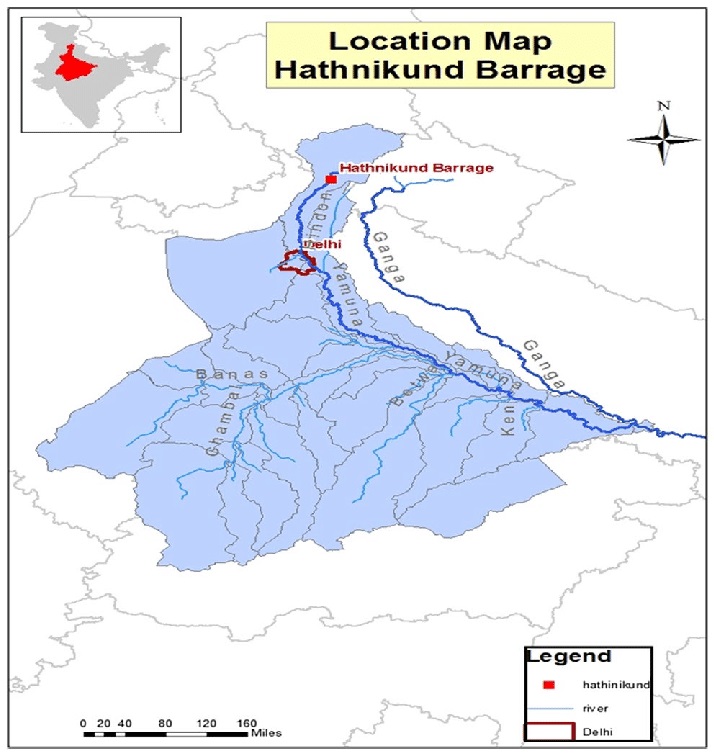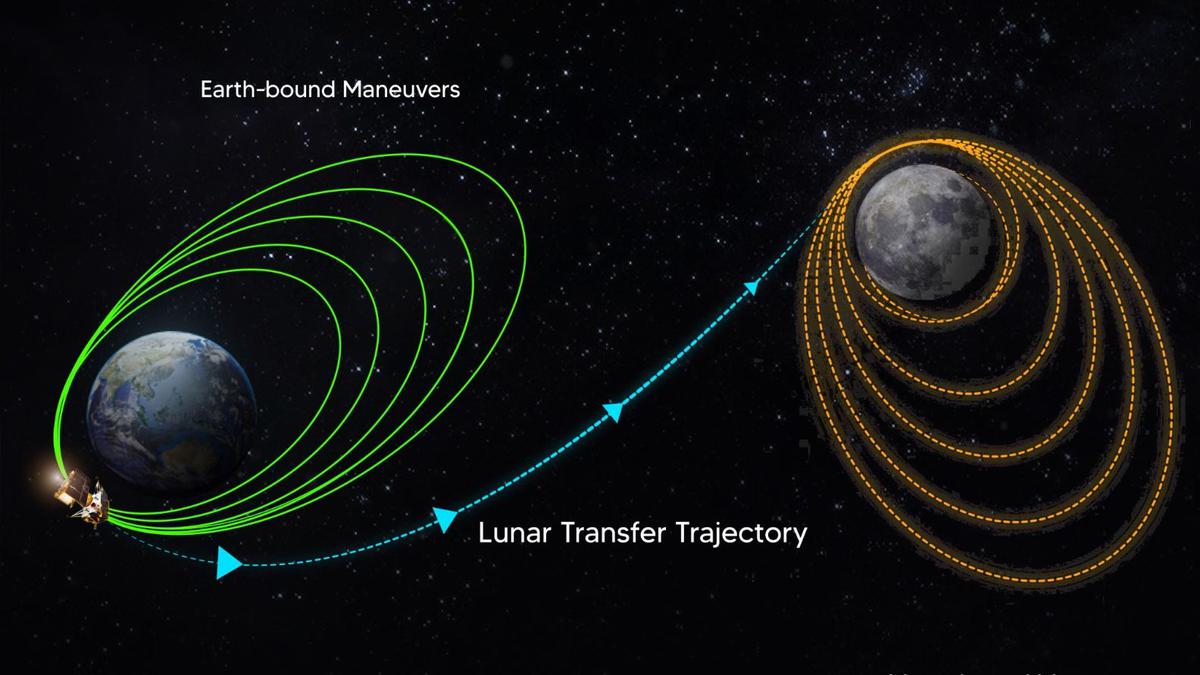The Ukraine war has given some hope to Japanese that the Kuril Islands can be wrestled out of Russia's control.

References
The government has brought a Bill to include 4 communities in the list of Scheduled Tribes (STs) in Jammu and Kashmir: ‘Gadda Brahmin’, ‘Koli’, ‘Paddari Tribe’, and ‘Pahari Ethnic Group’ which has triggered unrest among the Gujjar-Bakerwal.
References
The over release of water from the Hathnikund barrage is causing flooding in the national capital, New Delhi.

References
ISRO successfully conducts Trans Lunar Injection (TLI) of Chandrayaan-3 from ISRO Telemetry, Tracking and Command Network (ISTRAC) in Bengaluru.

References
Three famous products from Tamil Nadu - Jaderi namakatti, Kanniyakumari Matti banana, Chedibutta saree - were given the GI tag.
Seven other products from across India were also given GI tags.
References